Have you ever wished your pets could talk to you, like actually have a conversation? While we’re not quite at the Doctor Dolittle level, some animals have mastered the art of communication in ways that might just surprise you. This list delves into the animal kingdom’s chatterboxes and gives you a peek into their world of amazing vocal abilities. So, grab a cup of coffee, sit back, and be prepared to be amazed by these 15 talkative creatures that can hold a conversation better than you’d expect!
1. Parrots: More Than Just “Polly Want A Cracker”
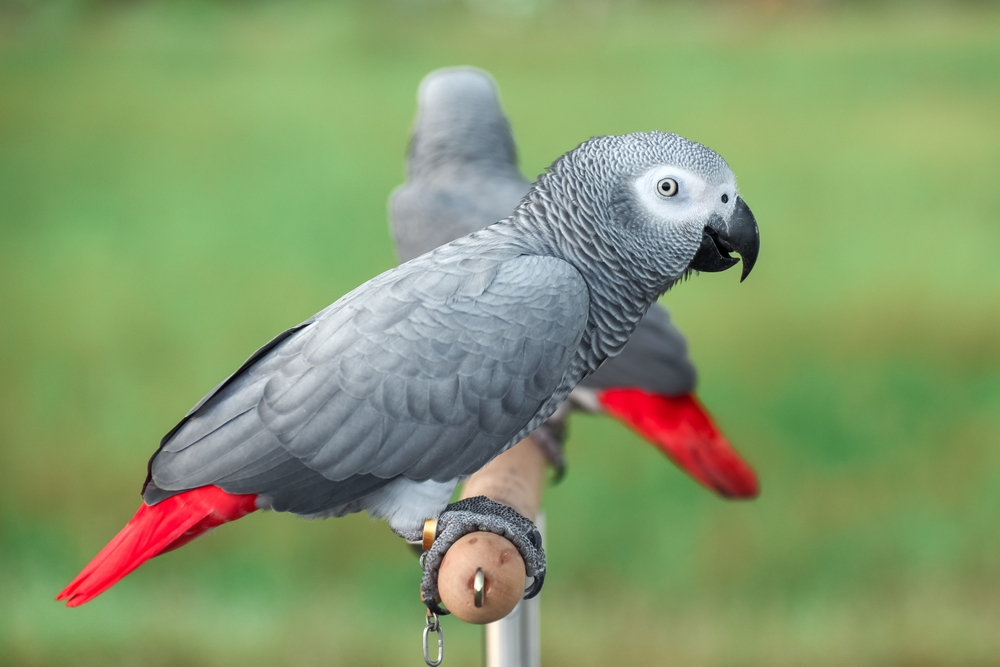
Ah, parrots—the classic chatty Cathy of the animal world. These vibrant avians are known for their incredible ability to mimic human speech, sometimes even adopting the accents of their owners. Some species, like the African Grey Parrot, are particularly adept and can boast a vocabulary of over 1,000 words. They don’t just mimic sounds; they grasp meanings, too, using words in context to get your attention or even ask for a treat. According to Britannica, African grey parrots are known for their high innate intelligence, with some studies indicating their reasoning abilities are comparable to those of three- or four-year-old children.
If you’re lucky enough to have one of these feathery friends, you’ll know they can be quite sassy. From demanding belly rubs to alerting you when someone’s at the door, these birds aren’t shy about letting you know what’s on their mind. They can also imitate everyday noises, like the microwave beep or the doorbell, which can lead to some confusing moments. So, next time your parrot says, “I love you,” know that they probably mean it—or they’re just hungry.
2. Dolphins: The Sea’s Social Butterflies

Dolphins are the socialites of the sea, always ready with a whistle or a click to communicate with their pod. These marine mammals have a unique form of vocalization that’s as complex as it is fascinating. They use a series of whistles, clicks, and body language to convey everything from identifying each other to expressing emotions like happiness or distress. According to National Geographic, dolphins have unique signature whistles that function similarly to human names, allowing them to identify and call out to each other individually.
Imagine swimming in the ocean, and a dolphin swims up and starts chatting with you. While you’re unlikely to decipher their clicks and whistles, researchers have found that dolphins can mimic human-like sounds, too. This mimicry can happen in the wild, and they can even respond to human-created whistles designed to represent specific objects or actions. So, if you ever encounter these oceanic chatterboxes, feel free to chat back; just know that they might be way ahead of you in the conversation.
3. Elephants: Trunk-Based Talkers
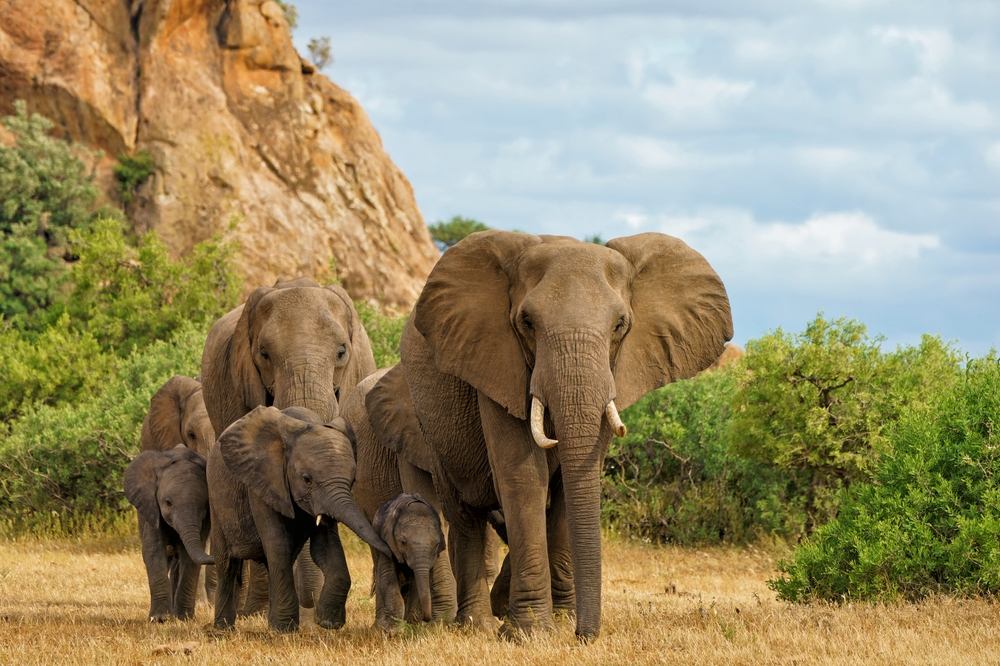
Elephants are not just the giants of the animal kingdom—they’re also giants in communication. These magnificent creatures use a variety of vocalizations, from trumpeting to low-frequency rumbles that can travel over long distances. But did you know they can mimic human speech, too? There have been cases where elephants have learned to mimic words and phrases in various languages, showing just how smart and adaptable they are.
Elephants also communicate using their trunks and body language. They can express affection, irritation, and even grief, which makes them some of the most emotionally intelligent animals on our planet. Imagine being in the savannah and hearing an elephant mimic a human voice—it’s both eerie and incredible. Their complex social structures and communication skills make them fascinating subjects for researchers and animal lovers alike.
4. Beluga Whales: The Canaries of the Sea
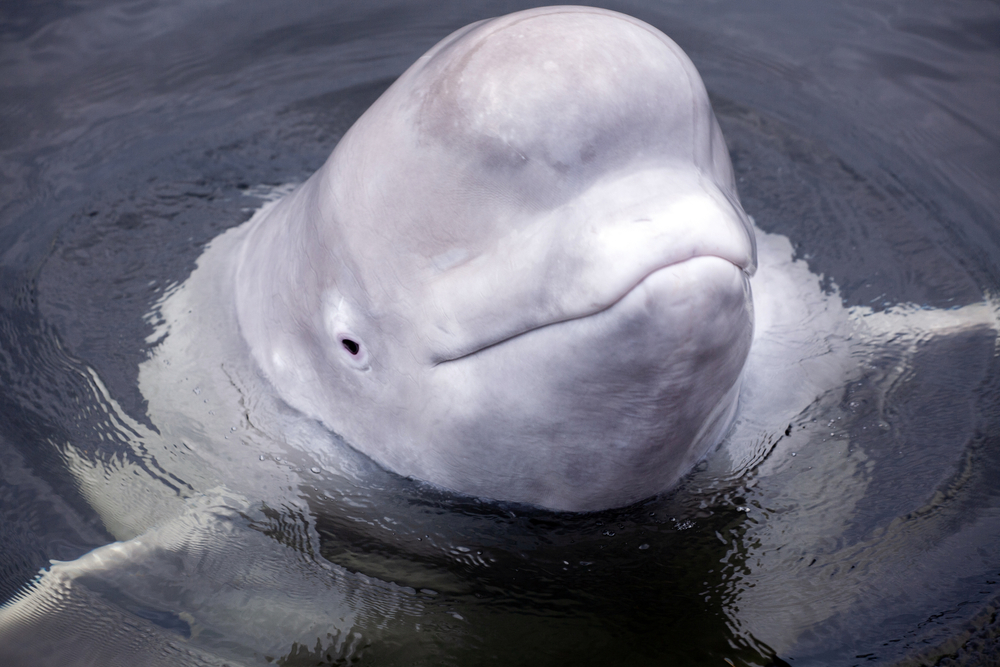
Beluga whales, often referred to as the “canaries of the sea,” are known for their wide range of vocal expressions. These Arctic dwellers make a variety of sounds, including clicks, whistles, and clangs, which they use to communicate with each other. They are incredibly social animals, and their vocalizations play a crucial role in forming bonds within their pods. Some belugas have even been known to imitate human speech, albeit in a very whale-like way.
What’s truly captivating is how they use sound to navigate the icy waters they inhabit. Beluga whales rely on echolocation to find food and avoid obstacles, making their vocal abilities not just a tool for communication but for survival. Imagine being at an aquarium and hearing a beluga mimic human-like laughter—it’s as endearing as it is surprising. These intelligent creatures continue to fascinate scientists and whale enthusiasts worldwide.
5. Dogs: Man’s Best Conversationalist

Dogs, our loyal companions, might not talk in the traditional sense, but they sure have their ways of communicating. From barks and growls to whines and tail wags, dogs use a blend of sounds and body language to express themselves. Some breeds are more vocal than others, and with a little training, they can learn to “speak” on command using their barks and howls. They even pick up on human emotions and respond to the tone of your voice, making them attuned listeners and responders.
Interestingly, some dogs have learned to “talk” using soundboards with buttons representing different words. Imagine your dog telling you they’re hungry or want to go outside with a simple push of a button. This innovation has allowed for deeper interactions between humans and their canine friends, highlighting just how intelligent and intuitive our furry pals can be. So, next time your dog barks at you, they might be trying to tell you more than you’d think.
6. Cats: The Feline Linguists

Cats, known for their aloof demeanor, actually have a lot to say if you listen closely. While they don’t mimic human speech, they have a repertoire of sounds ranging from meows and purrs to hisses and growls. Each sound serves a specific purpose, whether it’s a gentle meow asking for dinner or a purr signaling contentment. Some cat owners have even claimed their feline friends respond to their names and certain commands, showing a level of understanding and communication often underestimated.
What’s truly fascinating is how cats have adapted their vocalizations primarily for human interaction. In the wild, adult cats rarely meow at each other; this behavior is mainly reserved for communicating with humans. This means your cat’s meow is a special language they’ve developed just for you. So next time your cat is vocalizing, know that they’re engaging in a personal conversation meant to strengthen the bond between you two.
7. Apes: Our Close Relatives
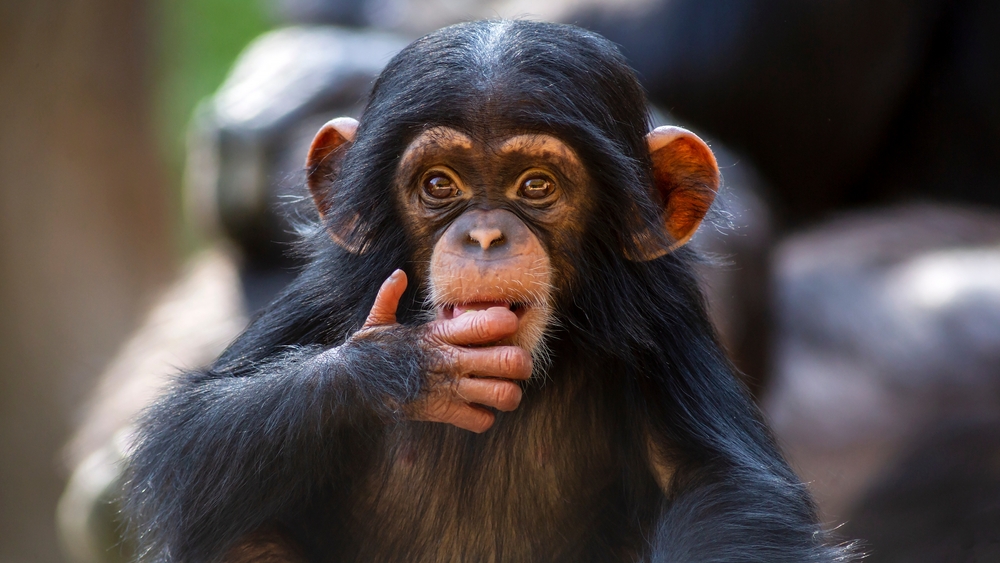
Apes, including chimpanzees, gorillas, and orangutans, are some of our closest relatives in the animal kingdom, sharing much of our DNA. These intelligent primates use a mixture of vocalizations, hand gestures, and facial expressions to communicate with each other. Many apes in captivity have learned to use sign language or symbols to communicate with humans, demonstrating their ability to grasp complex concepts and language use.
In the wild, apes have been observed using tools and sharing knowledge with each other, emphasizing the complexity of their social structures and communication methods. Their ability to express emotions such as joy, anger, and sadness further underscores their sophisticated communication skills. So, when an ape at the zoo signs “banana,” know that they’re not just mimicking—they’re expressing a genuine request or thought.
8. Crows and Ravens: The Brainy Birds
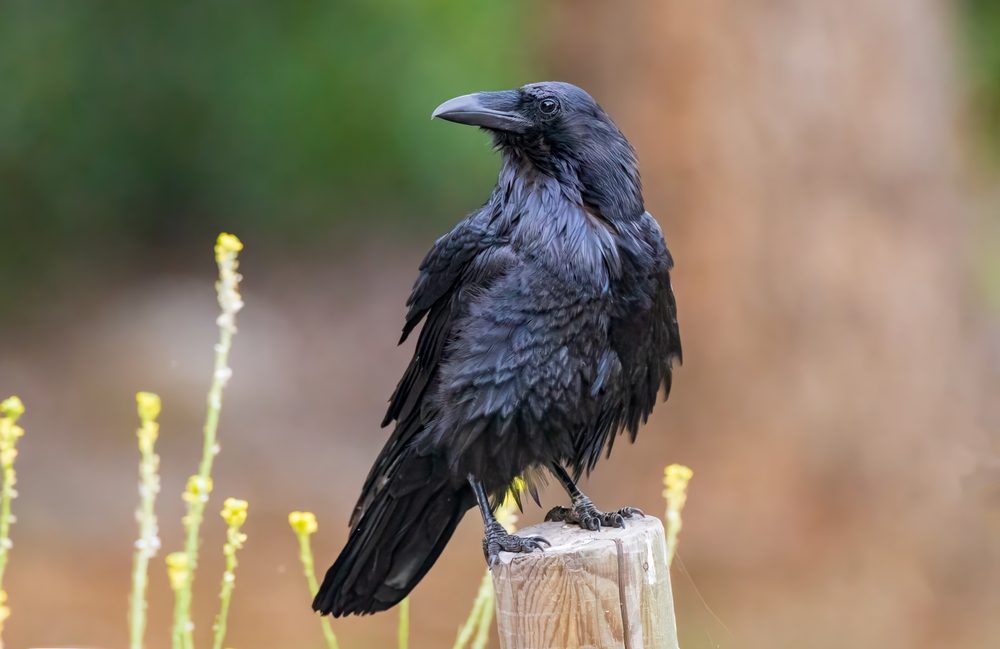
Crows and ravens, often featured in folklore and myths, are incredibly intelligent birds with a knack for problem-solving and communication. These corvids have been observed using tools, playing games, and even mimicking human speech in some cases. Their vocalizations are complex, involving a wide range of sounds that are used to convey specific messages to each other and sometimes to other species.
What sets crows and ravens apart is their ability to remember human faces and associate them with specific behaviors. They’ve been known to warn each other about potential threats, including humans they’ve had negative encounters with. This level of intelligence and communication is why these birds are often seen as mystical or magical in various cultures. So, if a crow caws at you, it might be saying more than just “hello.”
9. Lyrebirds: Nature’s Mimics
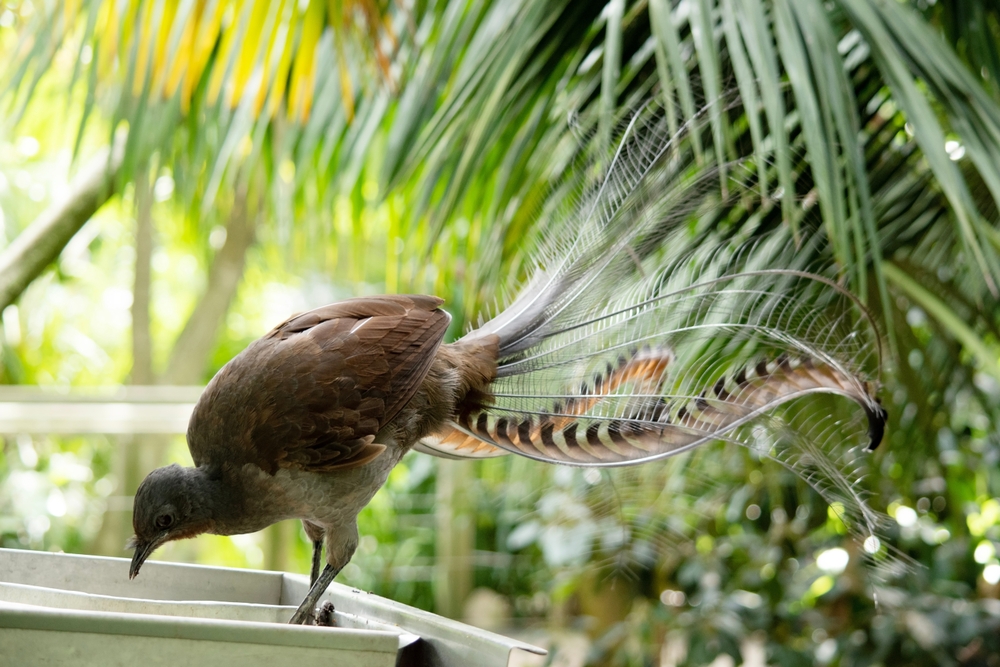
Lyrebirds are the rock stars of the avian world, renowned for their incredible ability to mimic almost any sound they hear. Native to Australia, these birds have a repertoire that includes chainsaws, camera shutters, and even other birds’ songs. Their vocal abilities are not just for show; they use them to attract mates and establish territory.
What’s truly remarkable is the lyrebird’s capacity to string these sounds together into complex sequences. This mimicry can sometimes be so convincing that it’s hard to distinguish from the real thing. Next time you hear a lyrebird in the wild, you might just be listening to nature’s most talented sound artist, performing its latest hit compilation of the forest’s greatest hits.
10. Mockingbirds: The Night Singers
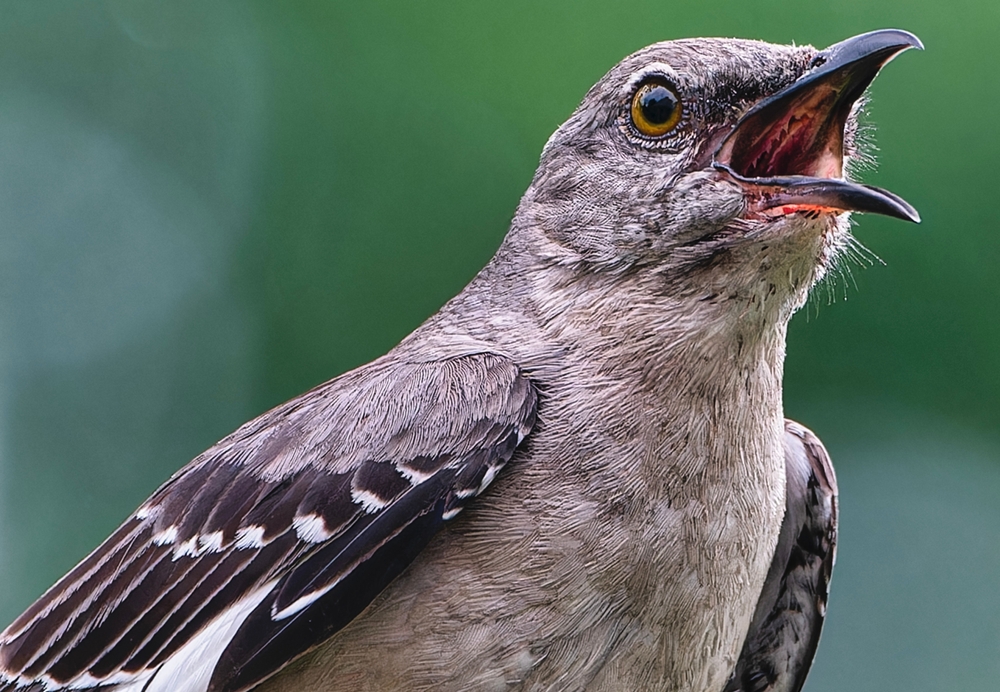
Mockingbirds, as their name suggests, are excellent mimics, known for their ability to imitate the calls of other birds, insects, and even mechanical noises. These birds are often heard singing at night, their songs a medley of local sounds they’ve picked up. Mockingbirds use their extensive vocal range to communicate with potential mates and as a means of defending their territory.
Their mimicry is not just limited to natural sounds; they’ve been known to imitate human-made noises like car alarms and cell phone ringtones. This adaptability makes them intriguing members of the bird world, capable of surviving and thriving in diverse environments. So, when you hear a mockingbird’s serenade, remember that it’s a carefully curated playlist meant to captivate and communicate.
11. Keas: The Alpine Entertainers
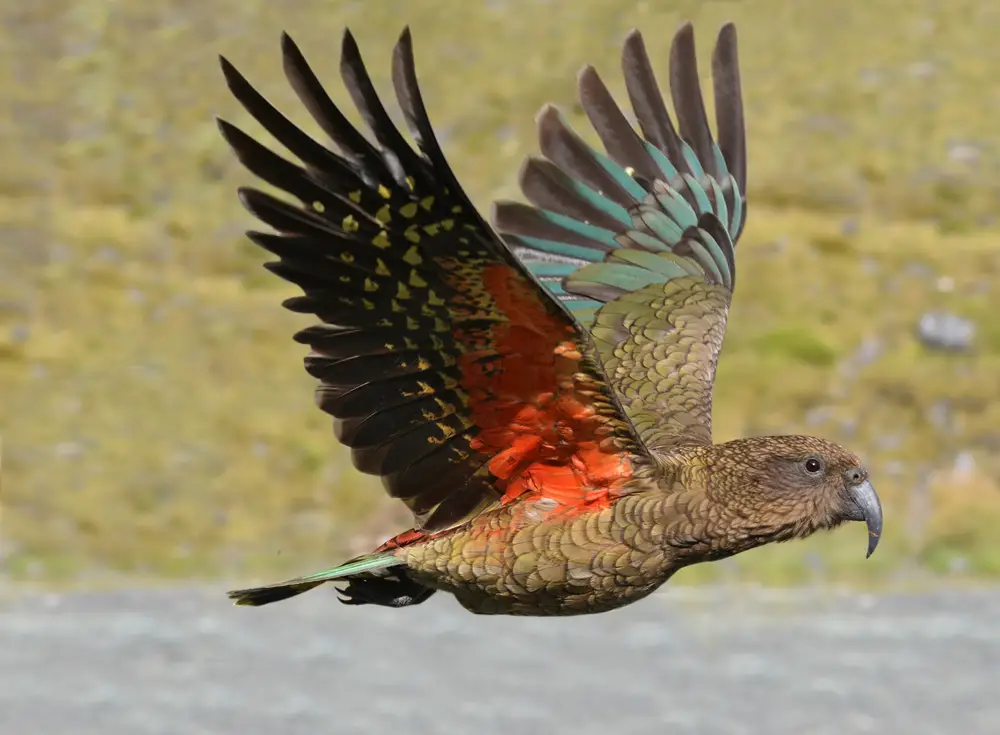
Keas, native to the mountains of New Zealand, are not just known for their playful antics but also for their vocal prowess. These large parrots have a wide range of calls, from melodic whistles to harsh screeches, which they use to communicate with their group. Their social nature and intelligence make them adept at learning and applying new sounds, including those made by humans.
The kea’s ability to “talk” isn’t just an amusing trick; it’s a crucial part of their social interaction and survival. They use their vocal skills to share information about food sources and potential dangers. So, when you spot a kea in its natural habitat, listen closely—you might just catch a snippet of the alpine symphony they conduct with their voices each day.
12. Prairie Dogs: The Barking Rodents
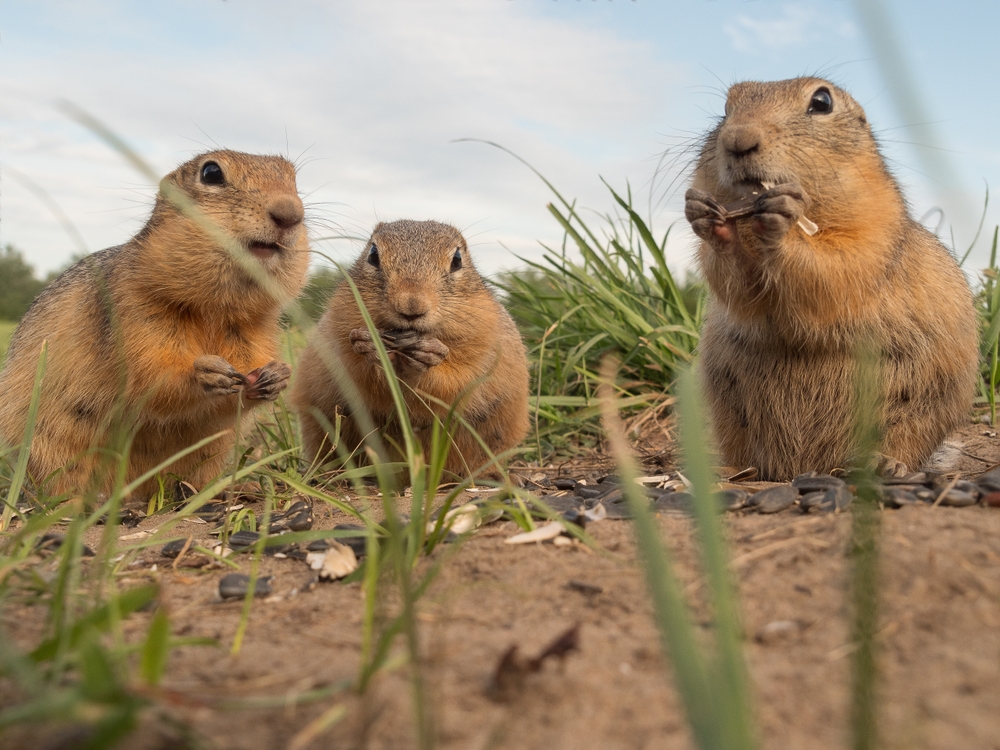
Prairie dogs may not be the first animals that come to mind when you think of talkative creatures, but these small rodents have a surprisingly complex communication system. They use a series of barks, yips, and chirps to convey detailed information about predators, including the type, size, and speed of an approaching threat. This level of communication is rare among animals and demonstrates their sophisticated social structures.
Their vocalizations aren’t just about warning each other; they also use them in social interactions within their colonies. Prairie dogs have been observed engaging in what seems like neighborly chatter, strengthening the bonds within their community. So, if you find yourself in a prairie dog town, take a moment to listen—it’s a bustling hub of rodent communication, each bark telling a story.
13. Orcas: The Ocean’s Vocal Virtuosos
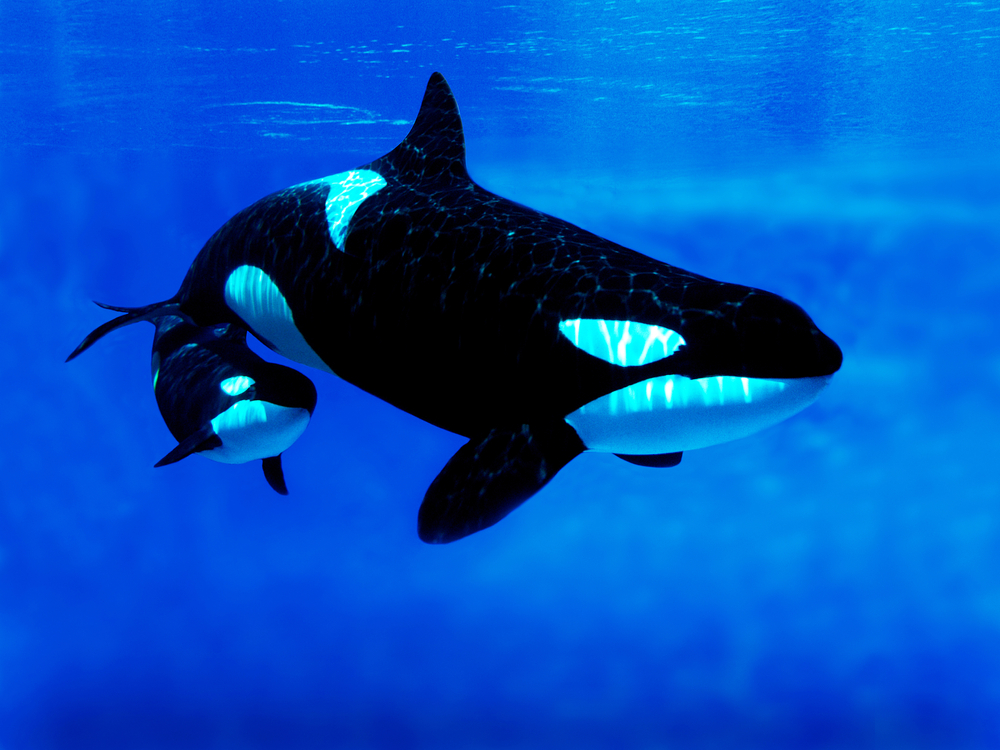
Orcas, or killer whales, are one of the ocean’s most intelligent and communicative inhabitants. These marine mammals use a complex system of clicks, whistles, and pulsed calls to communicate with each other, navigate, and hunt. Each pod has its unique dialect, much like a human regional accent, which strengthens their social bonds and aids in group coordination.
Their vocal abilities are not just about survival; orcas have been known to mimic human speech and other sounds they hear, showing their adaptability and intelligence. This mimicry is not widespread, but it highlights the orcas’ curiosity and capacity for learning. So, next time you see an orca, remember that their clicks and calls are part of an intricate underwater conversation that’s been evolving for millions of years.
14. Bats: The Nighttime Chatters
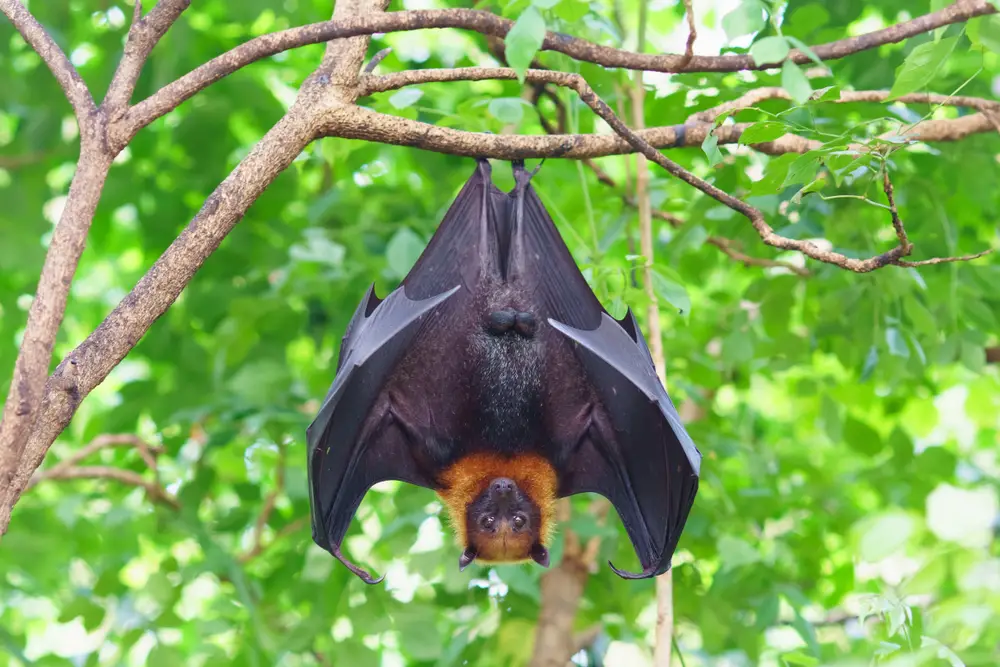
Bats, often associated with eerie myths, are actually remarkable communicators. These nocturnal creatures use echolocation to navigate and hunt, emitting high-frequency sounds that bounce off objects and return to their sensitive ears. In addition to echolocation, bats communicate with each other using a range of social calls that convey information about their environment and social status.
Their communication skills go beyond basic echolocation; bats have been observed using specific calls to identify individual members of their group and even to resolve conflicts. This vocal repertoire is crucial for maintaining their complex social structures and ensuring group cohesion. So, while bats might not be the most obvious choice for animal linguists, their vocal abilities play a vital role in their survival and social interactions.
15. Kookaburras: The Laughing Communicators
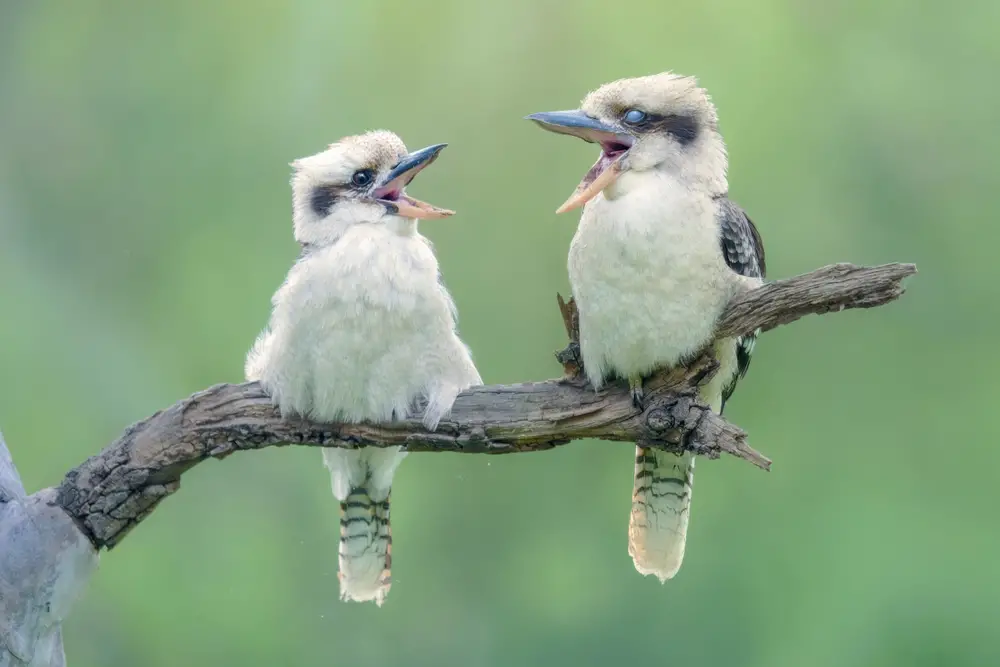
Kookaburras, native to Australia, are famous for their distinctive laugh-like call. This unique vocalization serves various purposes, from marking territory to social bonding with other kookaburras. Their laughter is often heard at dawn and dusk, earning them the nickname “bushman’s alarm clock.”
These birds are highly social and use a range of calls to communicate with their family group, known as a “coop.” The kookaburra’s vocal abilities are essential for maintaining group dynamics and ensuring successful collaboration in hunting and territory defense. So, the next time you hear a kookaburra’s laughter, know that it’s more than just nature’s comedy track—it’s a critical part of their communication toolkit.
